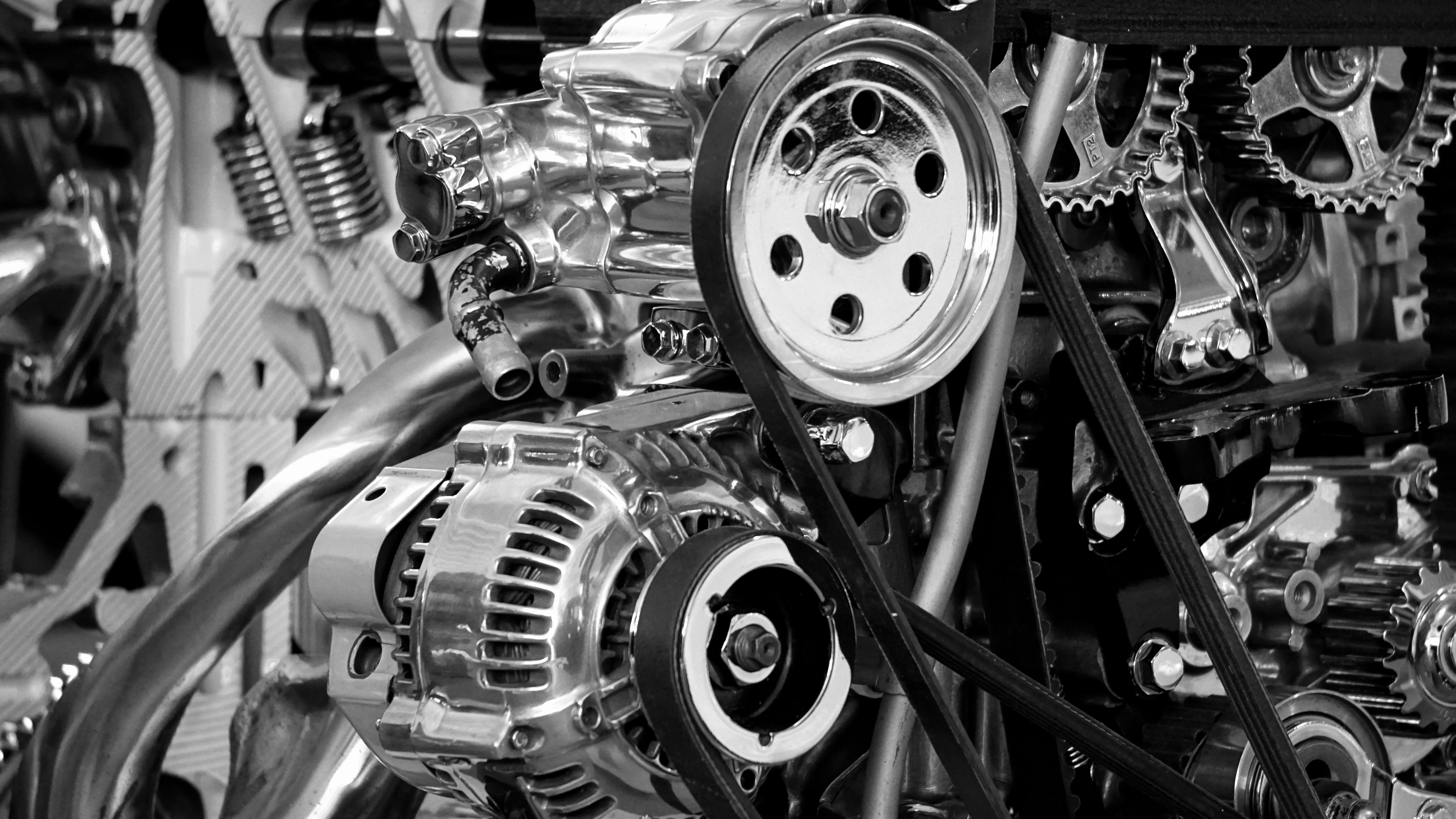The Intricacies of Continuously Variable Transmission: A Modern Marvel in Automotive Engineering
Imagine cruising down the highway, your car smoothly accelerating without the slightest hint of a gear change. This is the magic of Continuously Variable Transmission (CVT), a technology that's transforming the driving experience. Let's delve into the world of CVT, its history, and its impact on the automotive industry.

The Genesis of Continuously Variable Transmission
The concept of CVT isn’t new. It dates back to the late 15th century when Leonardo da Vinci sketched a stepless continuously variable transmission. However, it wasn’t until the late 20th century that CVT started to gain traction in the automotive industry. DAF, a Dutch car manufacturer, was the first to introduce CVT in a passenger car in 1958. The technology has since evolved, with modern CVTs using a steel belt or pulley system for seamless gear changes.
The Mechanics of CVT: A Seamless Driving Experience
Unlike traditional automatic or manual transmissions that use a fixed number of gear ratios, CVT operates on an ingenious principle. It uses two pulleys connected by a belt, with one pulley connected to the engine and the other to the wheels. The diameters of these pulleys can change from ‘small’ to ‘large’ in response to the car’s speed, allowing for an infinite number of gear ratios. This results in a smooth, seamless driving experience without the noticeable gear shifts of traditional transmissions.
The Impact of CVT on the Automotive Industry
CVT has brought a paradigm shift in the automotive industry. It offers numerous benefits, including improved fuel efficiency and a smoother driving experience. However, it’s not without its challenges. CVTs can be expensive to repair or replace if they fail, and some drivers miss the familiar feel of gear shifts. Despite these challenges, CVT is becoming increasingly popular, particularly in hybrid vehicles where its efficiency benefits are most pronounced.
The Future of CVT: A Step Towards Greener Vehicles
As the automotive industry moves towards more fuel-efficient and environmentally friendly vehicles, the role of CVT is set to grow. Its ability to optimize engine efficiency makes it a key technology in the quest for greener vehicles. However, the future of CVT also depends on overcoming its current challenges, including improving its durability and refining its driving dynamics to appeal to a broader range of drivers.
Conclusion
Continuously Variable Transmission represents a significant leap in automotive technology, offering a smoother, more efficient driving experience. As we look to the future, the role of CVT in the automotive industry is set to grow, driven by the increasing demand for fuel-efficient and environmentally friendly vehicles. Despite its challenges, CVT is a technology that’s here to stay, continuing to shape the future of driving.





